Insect definition, any of the class Insecta, comprising small, air-breathing arthropods having the body divided into three parts (head, thorax, and abdomen), and having three pairs of legs and usually two pairs of wings.
Despite its name, the fall armyworm can damage turfgrass in the spring and fall in Florida. They overwinter as pupae in the Gulf Coast region of the United States.
Anatomy: Label the Insect Printout Read the definitions, then label the insect diagram. Insect Report Chart Printout A chart to help with an insect report with areas to fill in the insect’s common name, scientific name, anatomy, lifecycle, diet, enemies, protection, habitat, range, classification, endangered status, interesting facts, and a
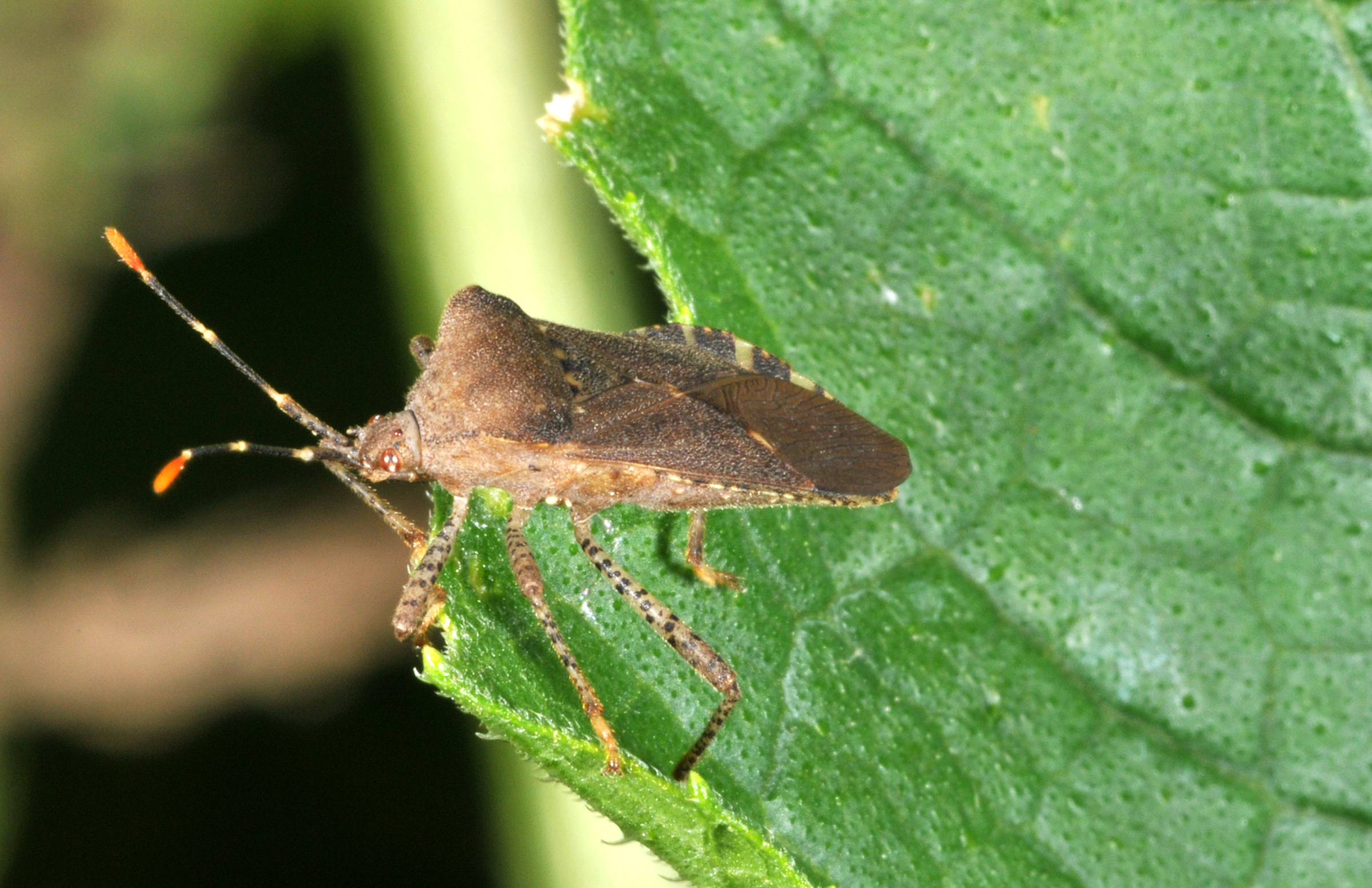
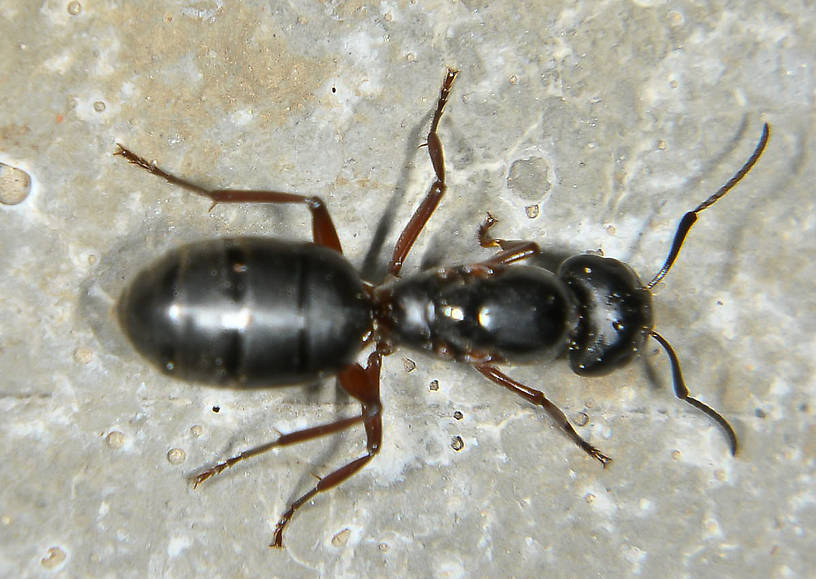
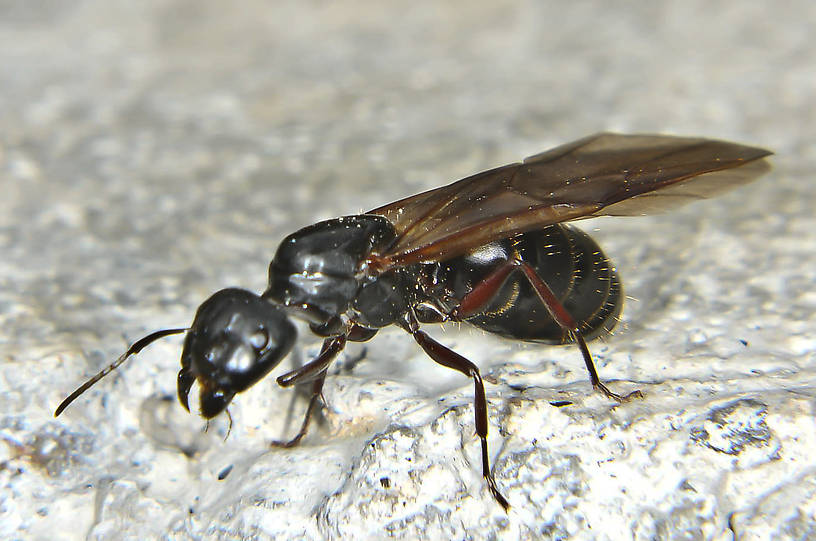

Etymology. The exact meaning of the name “antlion” is uncertain. It has been thought to refer to ants forming a large percentage of the prey of the insect, the suffix “lion” merely suggesting destroyer or hunter.

See ladybug larvae eat, grow and change into adult Pink-Spotted ladybugs! Insect Lore’s Ladybug Larvae Refill includes 15 to 20 ladybug larvae and all of the nutritious food they need to develop into
The common housefly is a perfect host for many types of bacteria… proven carriers of such germs as gangrene, Typhoid, leprosy, tuberculosis, amoebic dysentery, bubonic plague, and listeria, just to name a few.
NYMPH 1. Appearance similar to that of adult. 2. Habitat and food same as for adult. 3. Successive nymphal instars become progressively more like adult in appearance.
Etymology. The word “insect” comes from the Latin word insectum, meaning “with a notched or divided body”, or literally “cut into”, from the neuter singular perfect passive participle of insectare, “to cut into, to cut up”, from in- “into” and secare “to cut”; because insects appear “cut into” three sections.
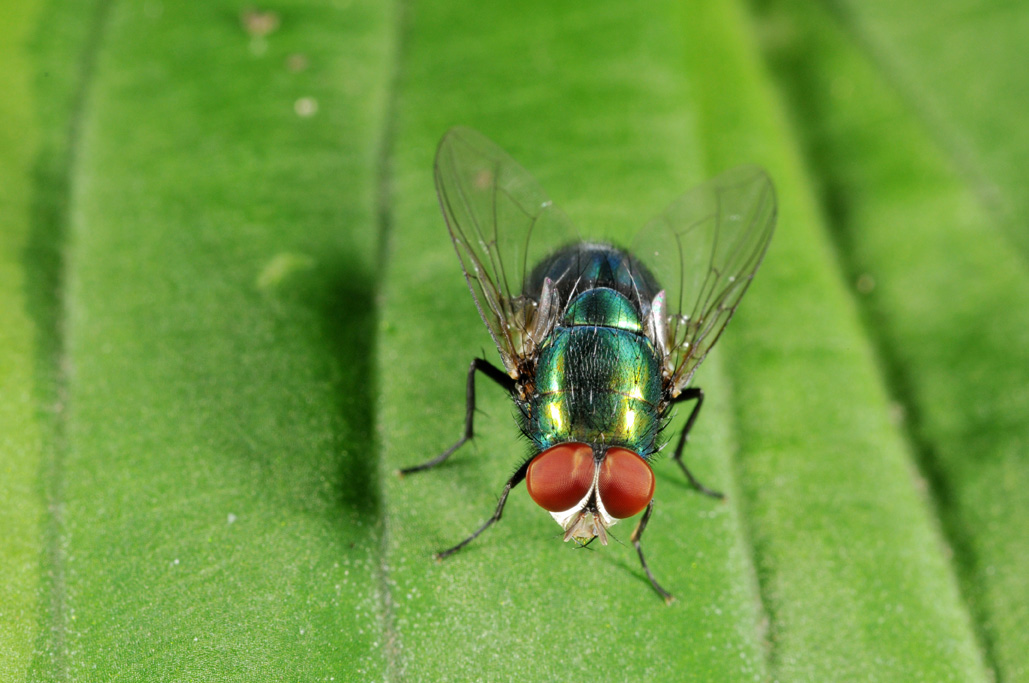

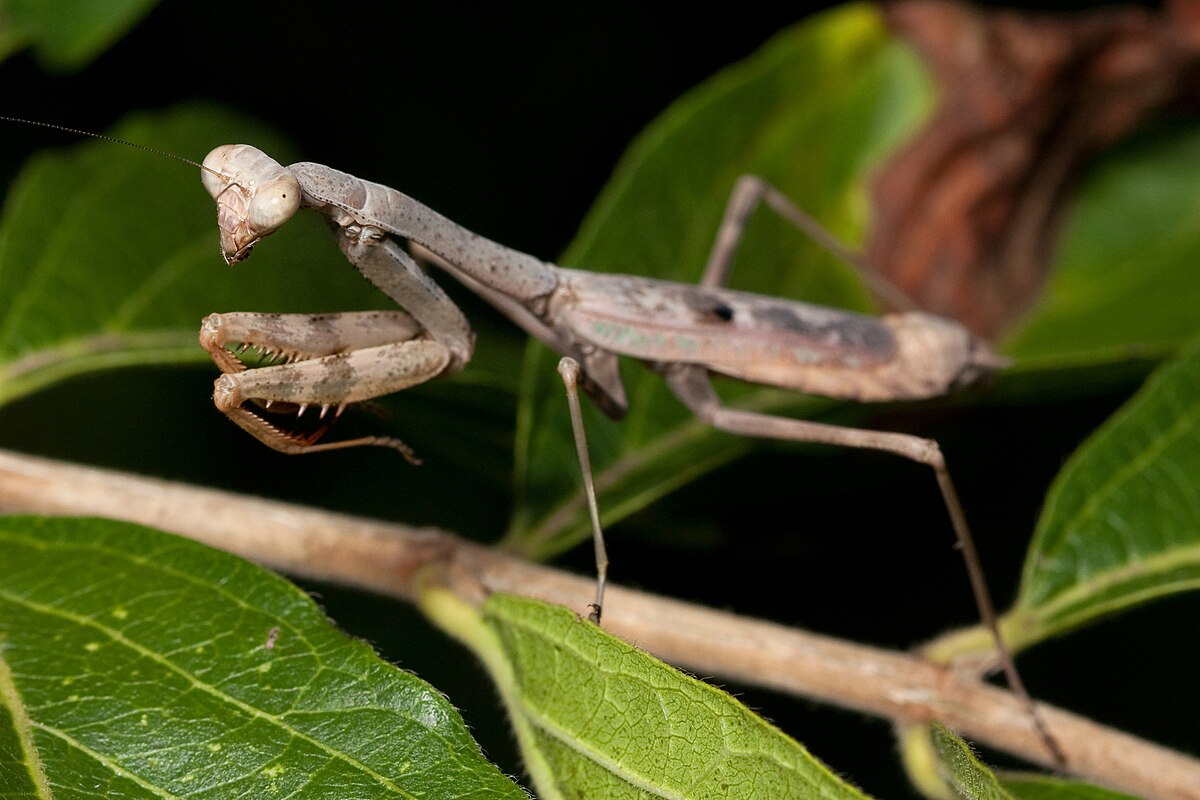

Shuck: The shed exoskeleton left over when an insect molts into its next stage or instar.Most often it describes the last nymphal or pupal skin exited during emergence into a winged adult.
Mosquito: Mosquito, (family Culicidae), any of approximately 3,500 species of familiar insects in the fly order, Diptera, that are important in public health because of the bloodsucking habits of the females.